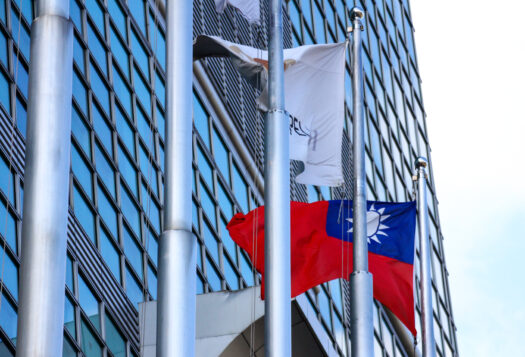
Chinese influence in the Indian Ocean continues to grow, more or less with help from Pakistan. The development of Gwadar port, in particular, has brought China and Pakistan ever closer. In April, China was granted management rights to the port for 40 years. In addition, the $46 billion China-Pakistan Economic Corridor (CPEC) project also has important geo-strategic implications for India. China is also increasing its profile in the South China Sea – China’s Maritime Silk Road (MSR) is a step in this direction.
The convergence of strategic interests between China and Pakistan vis-à-vis India is nothing new. What’s new and alarming is Pakistan’s facilitating Chinese access to the Indian Ocean, which India considers its backyard. Undoubtedly such access is important to China for economic reasons, since 70 percent of its oil supply and almost 80 percent of its total trade comes from the Gulf. By developing Gwadar port and transporting strategic materials overland through Pakistan, China will save both money and time. China is currently using the port for commercial purposes; however, it could conceivably use the facility to support military operations in the future.
Both India and ASEAN are apprehensive of such initiatives. Japan and Vietnam hope that India will act as a natural counterweight to China in the South China Sea. Since Narendra Modi’s coming into power in New Delhi, India’s “Look East” policy – which has been revamped as “Act East” – focuses on building stronger ties with regional actors like Japan, Vietnam, Indonesia, and Malaysia, and aims to balance China’s strategic and economic predominance.
India’s involvement in the East and South China Sea (e.g., India-Vietnam collaboration for oil exploration, joint naval exercises with Australia and the United States, etc.) has attracted Chinese attention. New Delhi’s ties with Japan and other Southeast Asian countries do not go unnoticed in Beijing. As quid pro quo, China is playing the Pakistan card to counterbalance India.
Pragmatically, New Delhi has maintained a safe distance from the rivalry between China and the United States. Undoubtedly, India would like to have a stake in East Asia and the Narendra Modi government recognizes the economic and strategic importance of the South China Sea. In joint statements with the United States, Vietnam, and at other multilateral summits, India has publicly articulated its concern about maritime instability in the region.
Just as China is using Pakistan to advance its interests in the Indian Ocean region, India should use ASEAN’s help to expand its reach in Southeast Asia. A stable balance of power in the Indo-Pacific region is a vital Indian interest. To further this interest, New Delhi may consider providing defense equipment, especially the BrahMos missile (with the cognizance of Russia), to interested Southeast Asian partners. This would undoubtedly be perceived as provocative in Beijing, and would clearly signal India’s strategic intentions. China may consider retaliatory steps, like making Gwadar port a naval base or deploying its nuclear submarines as a tit-for-tat tactic to India’s assertive posture. It is important for India to expedite the development of Chabahar port in Iran, along with outfitting the Kandla or Mundra port in Gujarat with required modernization. Chabahar port will connect India to the International North-South Transport Corridor, linking India to Central Asia and Russia via Iran, and is important in the endeavor to gain strategic benefits as this route will cut transit time to Russia and Central Asia. However, this will take a few years as Chabahar first needs to be connected to the Iranian railway network at Zahedan, capital of Sistan-Baluchistan province of Iran. Tehran has recently offered New Delhi a proposal to build the required rail link.
India should signal loud and clear its strategic concerns vis-à-vis the China-Pakistan axis without being unnecessarily provocative. It is crucial to convey the message that India will not tolerate China’s double standard of its warning to New Delhi against oil and gas exploration in the South China Sea while developing its own economic corridor with the support from Pakistan.
***
Image: Iori Sagisawa-Pool, Getty


